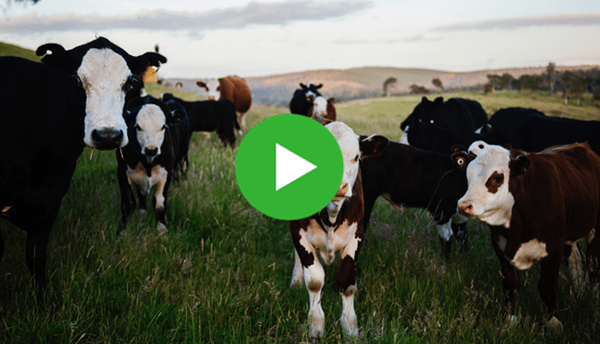

NEWS
Sheep lameness – Underlying issue to reduced performance?
15th August 2021
Lameness in sheep
Lameness in sheep is a significant issue in flocks in Ireland. Lame sheep are a cost to any farm business due to the costs associated with treatment, control and loss of productivity.
When compared to a normal ewe, lame ewes can have:
- 15% lower conception rate;
- 20% decrease in body condition score;
- 20% lower lambing percentage;
- Lower ewe survival;
- Poor lamb survival;
- Reduced growth rate in lambs born to lame ewes;
- Fewer lambs sold finished.
For effective treatment it is important that a correct diagnosis is made to identify the cause of lameness affecting each ewe. The three most common causes of lameness in sheep are bacterial infections of the skin and hoof, including: Scald, Footrot and Contagious Ovine Digital Dermatitis (CODD).
Misdiagnosis leads to mistreatment
Causes and symptoms of lameness in sheep
Bacteria that affect the skin and hoof are normally found in the digestive tract of animals. Virulent strains of Dichelobacter nodosus, the primary cause of Footrot in sheep, are maintained in the flock by both lame and recovered carrier sheep.
90% of lameness is caused by Scald and Footrot.

Scald
Scald is the term given to inflamed or reddened skin between the digits. The horn is usually unaffected. A damp environment predisposes sheep to developing scald.
Wet grass or moisture between the toes leads to an impairment of the defence properties of the skin which normally acts as a barrier to infection.
Bacteria which can be found on the surface of normal feet, Fusobacterium necrophorum, invade the skin when wet, resulting in damage. The interdigital skin can appear red and swollen or grey.
Lameness is usually mild and resolves when underfoot conditions improve. In the meantime, however, the damaged skin can allow entry of other potentially harmful bacteria such as the agent causing Footrot, Dichelobacter nodosus.
Footrot
Check out our NEW farmer brochure for all you need to know about Footrot in sheep! Click the arrows below to scroll through the pdf document.
Causes of Footrot in sheep
There are two forms of Footrot in sheep, benign and virulent. Benign Footrot is caused by certain strains of Dichelobacter nodosus that are less damaging than the strains that cause virulent Footrot.
The initial damage done to the skin is by Fusobacterium necrophorum resulting in Scald can allow the entry of bacteria that cause Footrot. This leads to further damage of the soft tissue underlying the hoof resulting in Footrot. Often more than one foot can be affected.

Virulent Footrot results in severe horn separation and the formation of a foul-smelling discharge.
Dichelobacter nodosus bacteria survives in the feet of lame sheep or recovered carrier animals. They can live in wet, muddy environments for approximately four days. During the grazing season, survival is enhanced by wet lush pastures. At housing, damp underfoot conditions improve transmission from either lame or recovered carrier animals to sound ewes.
Contagious Ovine Digital Dermatitis (CODD)
The exact cause of contagious ovine digital dermatitis is yet to be defined. However, Treponema sp. bacteria are frequently detected along with other microbes in cases of scald and footrot in sheep.
Ulcers are found at the coronary band, at the skin hoof boundary. Ulcers can also be found on the hoof wall. The condition differs from footrot in that there is a sudden onset of more severe lameness.
The majority of affected sheep become severely lame. In a clean flock, free of the bacteria causing CODD, purchasing infected sheep is the main route of entry.
The Five Point Plan Approach
The 5 Point Plan was developed using existing published science on sheep lameness, and practical experience from farmers who had achieved sustained low levels of lameness.
The 5 Point Plan has five action points that support the treatment of the animal in three different ways: Building resilience; reducing disease challenge; and establishing immunity.
Reducing the prevalence of lameness requires a long-term commitment to implementing all five points of the plan.

Talk to your vet for more information on creating an action plan for your flock!
TAGS













